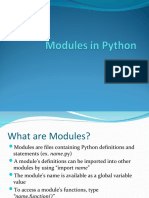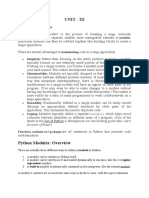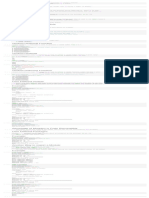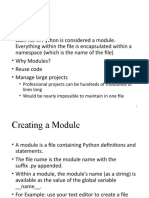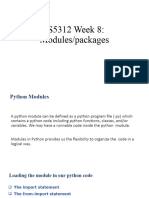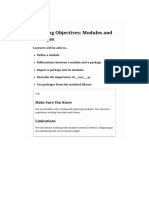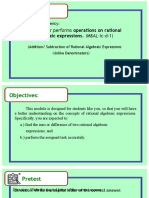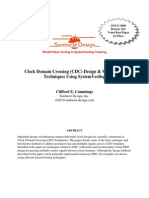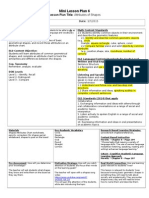0% found this document useful (0 votes)
9 views21 pagesPSP Lecture Module - Packages
The document provides an overview of Python modules and packages, explaining their structure, creation, and usage. It details how to create and import modules, alias them, and import specific attributes or all attributes from a module. Additionally, it covers built-in modules, locating modules, and the creation of packages that contain multiple modules.
Uploaded by
AARYAN GUPTACopyright
© © All Rights Reserved
We take content rights seriously. If you suspect this is your content, claim it here.
Available Formats
Download as PDF, TXT or read online on Scribd
0% found this document useful (0 votes)
9 views21 pagesPSP Lecture Module - Packages
The document provides an overview of Python modules and packages, explaining their structure, creation, and usage. It details how to create and import modules, alias them, and import specific attributes or all attributes from a module. Additionally, it covers built-in modules, locating modules, and the creation of packages that contain multiple modules.
Uploaded by
AARYAN GUPTACopyright
© © All Rights Reserved
We take content rights seriously. If you suspect this is your content, claim it here.
Available Formats
Download as PDF, TXT or read online on Scribd
/ 21





















